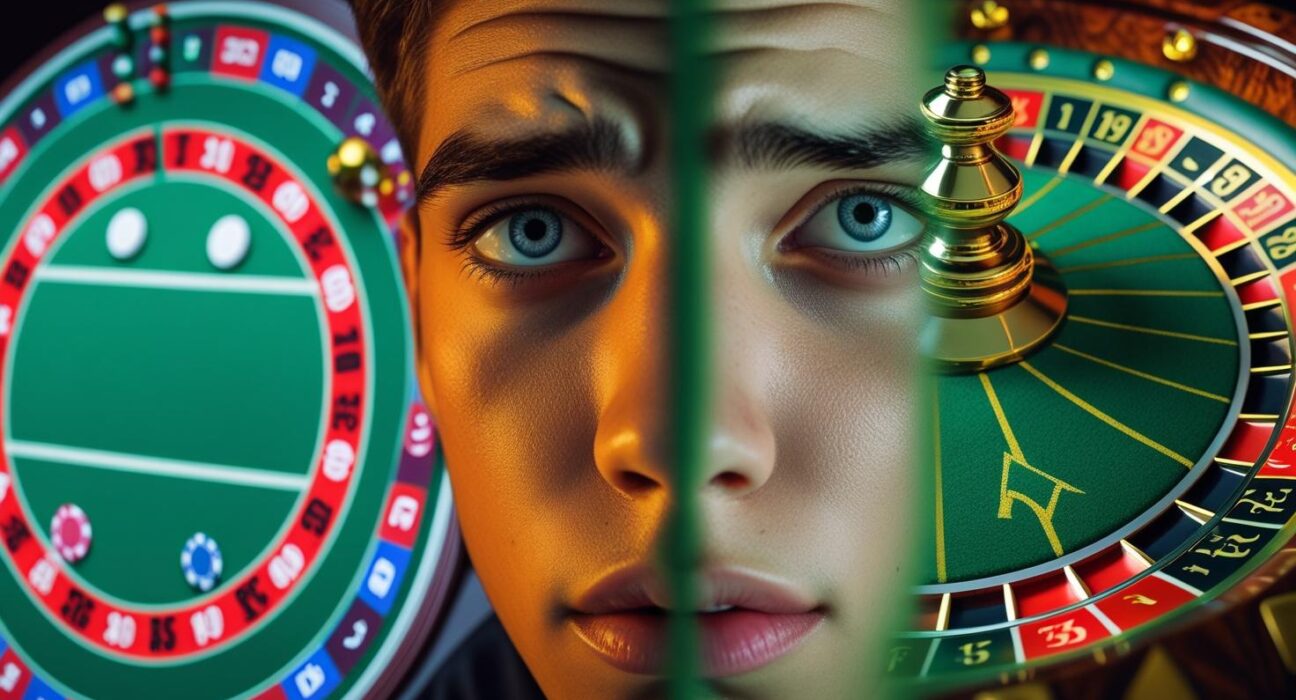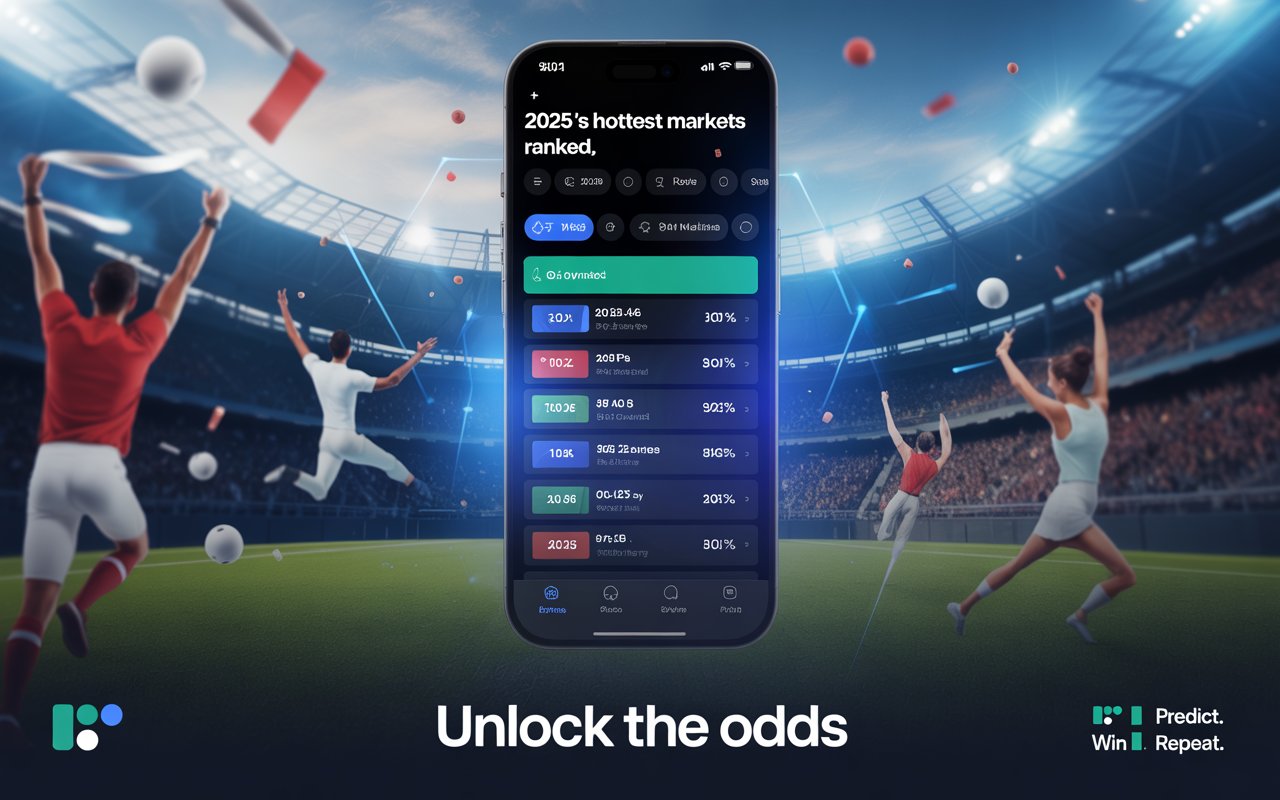In the eyes of many fans, fantasy sports are a harmless way to engage with the games they love. It’s skill-based, strategic, and for the most part, legal. But scratch the surface, and a different narrative begins to emerge—one where fantasy leagues blur the line between entertainment and gambling. With millions of users, billions in revenue, and a user experience engineered around money and competition, the question demands serious scrutiny: Are fantasy sports a backdoor into gambling, especially for younger and more vulnerable users?
The Fantasy Sports Explosion
Fantasy sports platforms like DraftKings, FanDuel, Dream11, and MPL have transformed the sports fan’s experience. Instead of just cheering for their favorite teams, users now draft lineups, manage rosters, and compete for real cash prizes—often daily.
Globally, the fantasy sports industry is valued at over $20 billion, and platforms often attract users with taglines like “test your sports knowledge” or “win big through skill.” It’s a powerful mix of pride, fandom, and potential profit.
But many of these platforms look, feel, and operate like gambling apps. Real money is involved. Odds and payouts fluctuate. And the dopamine hit from winning—or the urge to chase losses—is real.
Skill vs. Chance: The Core Debate
Legally, most jurisdictions make a critical distinction between “games of skill” and “games of chance.” Fantasy sports platforms hinge their legality on the idea that success requires sports knowledge, statistics, and long-term planning.
But here’s the problem: the line between skill and chance is thinner than it looks.
- Injuries, substitutions, weather, and refereeing decisions can derail even the most well-planned lineup.
- A large chunk of players join contests with little research or understanding—effectively gambling on their favorite players.
- High-stakes, short-duration formats (like daily fantasy sports or single-match leagues) introduce a much higher variance, making outcomes more luck-driven.
The result? A game that feels like betting to the casual user, regardless of what the legal classification says.
User Psychology: The Gambling Parallel
Let’s break down the behavioral parallels between fantasy sports and gambling:
| Fantasy Sports Element | Gambling Equivalent |
| Entry Fee | Wager/Bet |
| Prize Pool | Jackpot |
| Leaderboards | Odds Tables |
| Daily Leagues | Slot Machine Pulls |
| Referral Bonuses | Casino Free Spins |
Many users start with free contests and slowly migrate to paid entries. This escalation curve is similar to gambling addiction patterns—start small, get a win, chase bigger thrills.
Fantasy sports platforms also gamify participation:
- Flashy graphics and jackpot-style rewards.
- Limited-time contests that create FOMO.
- Push notifications encouraging more entries.
These mechanics are engineered to keep users hooked, mirroring techniques used in online casinos.
Youth and Vulnerability: A Troubling Mix
Perhaps the most disturbing aspect is fantasy sports’ penetration among younger audiences.
- Platforms run aggressive marketing during major sports events.
- Social media influencers promote fantasy apps as “fun and easy money.”
- Minimal age verification means teens can (and do) participate.
For a 17-year-old cricket fan in India or an 18-year-old college student in the U.S., fantasy sports may be their first experience with financial risk-taking through entertainment—a gateway that normalizes gambling behaviors.
Studies in the UK and Australia have already flagged fantasy sports as a “soft entry” into gambling addiction, particularly among males aged 18–24.
Is the Industry Responsible?
Most fantasy sports companies argue that:
- They provide KYC verification.
- They allow self-exclusion and spending limits.
- They operate legally under their jurisdiction.
But critics say this is surface-level compliance:
- Enforcement of age restrictions is often lax.
- Players can create multiple accounts with different IDs.
- There is little to no transparency on how odds or algorithms are calculated.
While some platforms have adopted “responsible gaming” frameworks, many profit from high churn and high volume, particularly during major tournaments.
The Regulatory Catch-22
Lawmakers globally are torn:
- Ban fantasy sports outright and you risk killing a major digital industry.
- Allow it without oversight and you risk fostering a nationwide betting culture under the radar.
In India, the GST Council’s decision to tax fantasy sports at the same rate as gambling (28%) is an acknowledgment of its gambling-like nature, even as states continue to disagree on legality.
In the U.S., the growth of legal sports betting is making fantasy look like the friendlier cousin—but still part of the same family.
What’s needed is a cohesive regulatory framework that:
- Clearly defines fantasy formats that lean toward chance.
- Enforces stronger age verification.
- Limits high-stakes, short-duration contests.
- Introduces reality checks and loss limits, especially for new users.
Fantasy or Folly?
At its best, fantasy sports offers fans a fun, strategic way to deepen their love of sports. At its worst, it’s a shiny, socially acceptable wrapper for unregulated betting.
The line between entertainment and addiction is razor-thin—and the industry walks it daily.
The question isn’t whether fantasy sports is gambling. It’s whether we’re comfortable with how easily one leads to the other.
As platforms scale, regulation catches up, and user awareness grows, it’s time to stop pretending the house always plays fair. Because in many ways, fantasy sports are building a betting culture in broad daylight—and calling it “just a game.”











